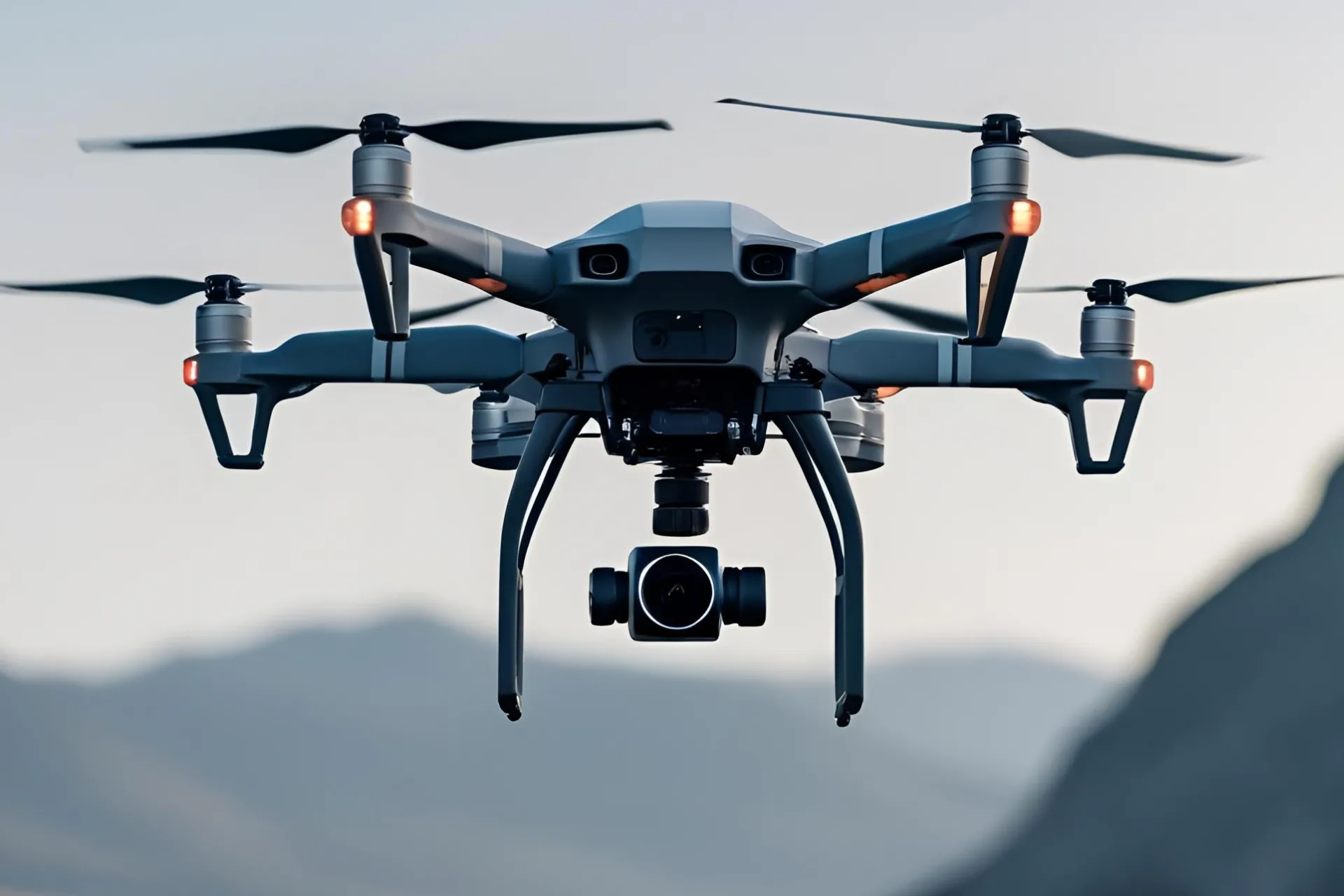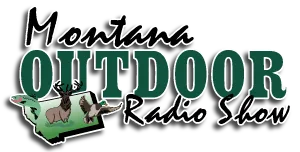BRETT FRENCH
BBozeman hunter Kevin Wysocki finally had what he thought was the perfect setup between a herd of elk and the bull he had been pursuing for days, then a helicopter flew over.
“The problem is the elevation that they fly at,” Wysocki told a meeting of the House Fish, Wildlife and Parks Committee in March. “They get a real, real low elevation so they can see things, and then all the elk scatter. They get harassed, and they move out of the area.”
Wysocki was testifying in favor of Senate Bill 106, sponsored by Sen. Denley Loge, R-St. Regis, as did hunter Josh DeVos.
“I would say in the last six to seven years, hunting has changed dramatically for myself and a lot of other sportsmen that have, unfortunately, had the interaction of these helicopters ruin their hunts,” he said.
Helicopters that land on otherwise inaccessible public property within his Sheep Creek Ranch also has Don Harland worried.
“We’re at the tip of the iceberg,” Harland testified. “Flying cars, flying machines, drones that basically fly people around, they’ve already licensed them in China.
“I’m sure you’re going to be readdressing it down the line.”
SB 106 easily passed the Senate 48-2 and the House by a vote of 98-1. On May 8, Gov. Greg Gianforte signed the bill which should go into effect Oct. 1, yet a week later he vetoed a similar measure, House Bill 202, which also had broad support in the Senate and House.
Loge and a legislative analyst thought the two separate measures could be meshed. Certainly, they attacked similar problems.
HB 202, sponsored by Rep. Courtenay Sprunger, R-Kalispell, was aimed at reducing the ability of hunters to scout game from an aircraft, land and hunt, as well as the use of drones, also known as unmanned aerial vehicles or UAVs, to scout for game.
Sprunger’s bill was supported by Mike Mershon of the Montana Wildlife Federation, among others. He testified to the House Fish, Wildlife and Parks Committee during a January hearing that in 20 years of hunting backcountry units for bighorn sheep he has seen the use of aircraft scouting wildlife increase substantially in the last few years.
“I want to emphasize that this isn’t an amorphous, theoretical worry,” he said, noting that on clear mornings a hunter could almost set their watch to the arrival of aircraft.
Gianforte said although HB 202 was a “well-intended piece of legislation,” if enacted it would have cancelled out some of the prohibitions outlined in SB 106.
“First, House Bill 202 would void the prohibitions in Senate Bill 106 against landing aircraft on state and federal land in violation of applicable travel plans and against hunter interference by aircraft, including drones,” the governor wrote in his explanation to legislative leaders.
“Second, House Bill 202 does not include Senate Bill 106’s provision that requires written landowner permission to land aircraft for hunting purposes on private property,” Gianforte continued. “While these actions violate the law, Senate Bill 106 makes it possible for violators to lose hunting, fishing, and trapping privileges for these offenses. Losing hunting, fishing, and trapping privileges is often a more effective punishment than financial penalties. As such, Senate Bill 106 not only protects our tradition of fair chase, but also includes private property protections. House Bill 202 would void these provisions.”
Although drone use for scouting game is seen as a violation of fair chase ethics, the small aircraft have found favor as a way to haze wildlife.
Testifying in favor of SB 106 on March 27, Tyrrell Hibbard of the Sieben Live Stock Co. talked about the importance of thermal imaging drones used to haze elk off irrigated hay fields during the hot, dry days of summer. On some nights, up to 2,000 elk would show up for dinner and neither propane cannons, herders, nor dogs seemed to scare off the big animals. Drones, however, kept animals away for three days to a week.
SB 106 makes such hazing legal to protect property or crops provided the landowner has a permit from Montana Fish, Wildlife & Parks. The permits don’t apply during the general hunting season.
Hunters flying in to a landlocked spot will have to wait 24 hours before they can legally hunt under the new bill. The law used to say hunters couldn’t pursue game during the same calendar day.
The law also bans the use of aircraft for concentrating, pursuing or driving game.
In addition to loss of hunting, trapping and fishing privileges, a violator could also be fined $300 to $1,000 and face up to six months of jail time.
The hard part, as FWP’s chief of law enforcement Ron Howell noted, is prosecuting violators.
“This law is very challenging to enforce now,” Howell told the FWP committee. “We don’t have a lot of tools. We have to rely on hunters and landowners to report these activities to us.”
The difficulty for game wardens, Howell said, is that the hunters can say they aren’t flying to spot or locate game, they are simply traveling from one hunting location to another. Yet he added that new language in SB 106 should help wardens.
When asked if the legislation would restrict access to public lands, Howell said flying to landlocked parcels is still allowed. Helicopters are required to land within 100 feet of a two-track road, he added.
“Everybody’s trying to do their best to ensure that everybody has a quality hunt, and it’s difficult in the changing environment,” Howell said.



